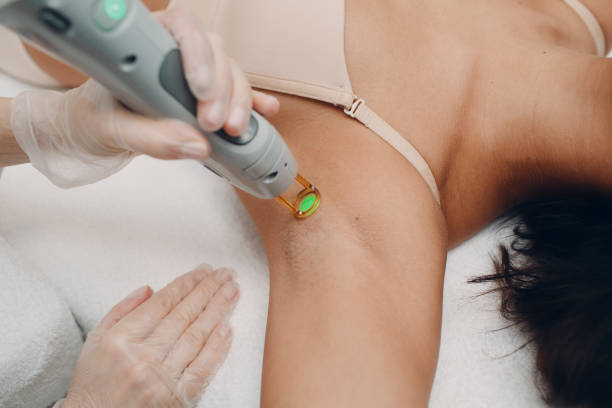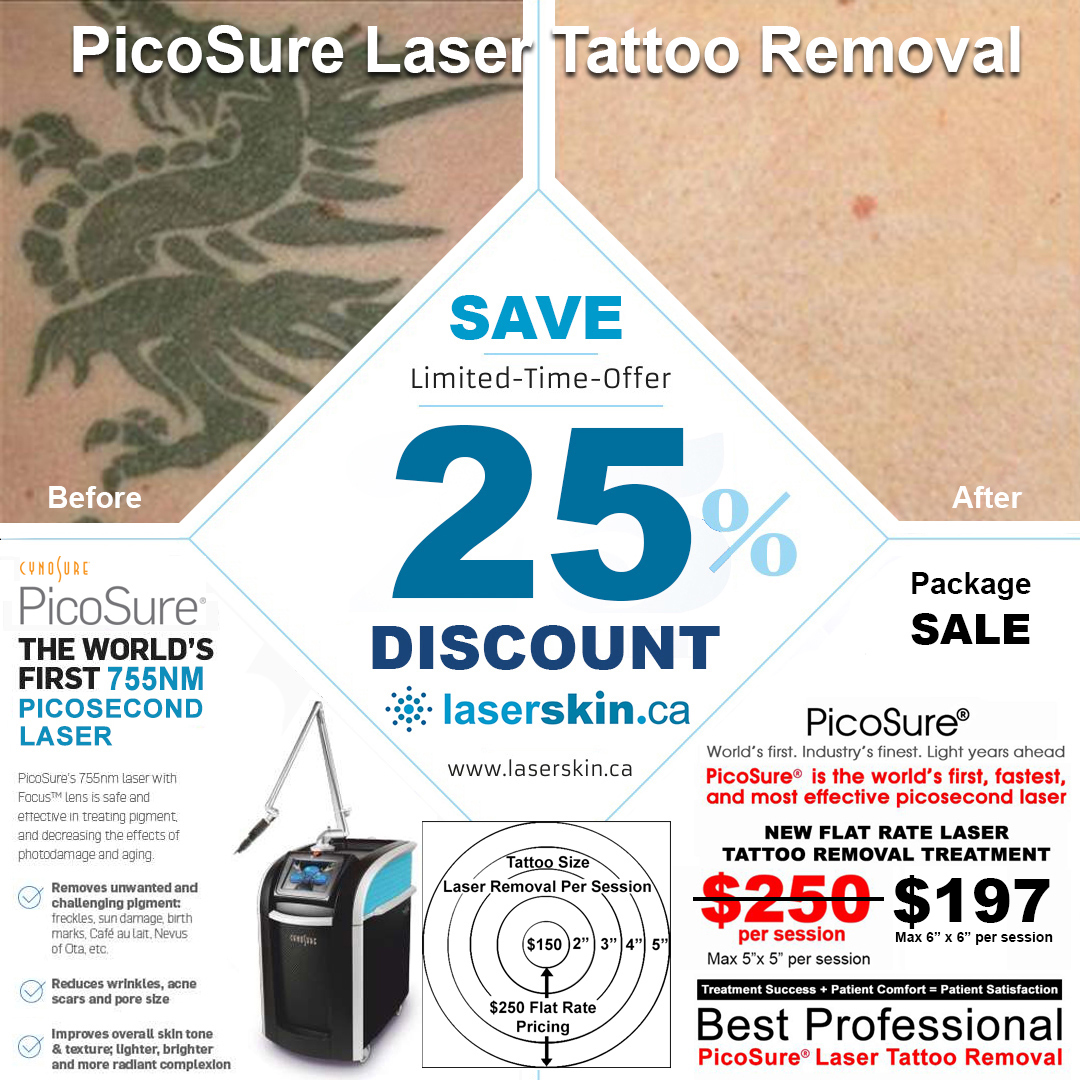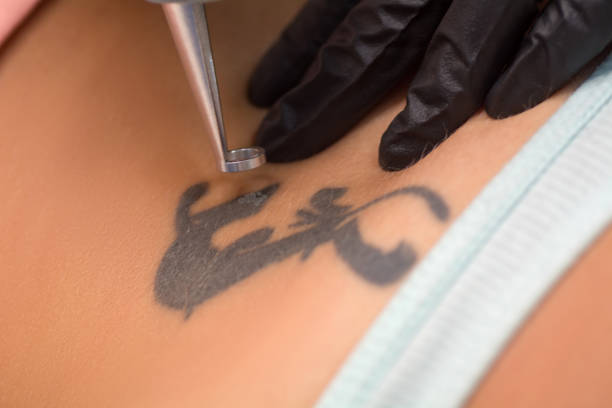Overview of Laser Technologies: Laser Near Me People frequently look for firms that use cutting-edge laser technology for various operations when they Google “laser near me.” The use of lasers for different procedures, including hair removal, skin treatments, and tattoo removal, has advanced significantly during the past several years. Therefore, it is crucial to understand […]
How Much Does Tattoo Removal Cost
How Much Does Tattoo Removal Cost Are you thinking about having some tattoos removed? Removing tattoos can be done via dermabrasion, surgical excision, or laser technology. The majority of tattoos can be removed. However, some are far more difficult to do so than others. For instance, stick-and-poke and older tattoos are simpler to get rid […]
Tattoo Removal Near Me
Tattoo Removal Near Me Are you looking for tattoo removal near me? Almost one-third of Canadians have at least one tattoo. One is owned by nearly half of all millennials. But not everyone is pleased with their choice of tattoo; in the end, up to 25% of people who have tattoos regret getting them. Here […]
Laser Tattoo Removal Toronto
Laser Tattoo Removal Toronto In need of tattoo removal in Toronto using a laser? The PicoSure from Cynosure is the gold standard in tattoo removal lasers, and we utilize it in our Toronto clinic. To remove tattoos effectively, the PicoSure laser was the first to use picosecond pulse durations at wavelengths that are optimum for […]




